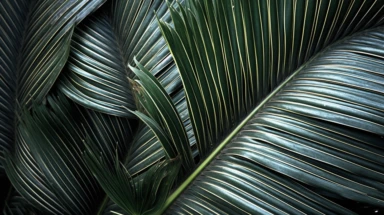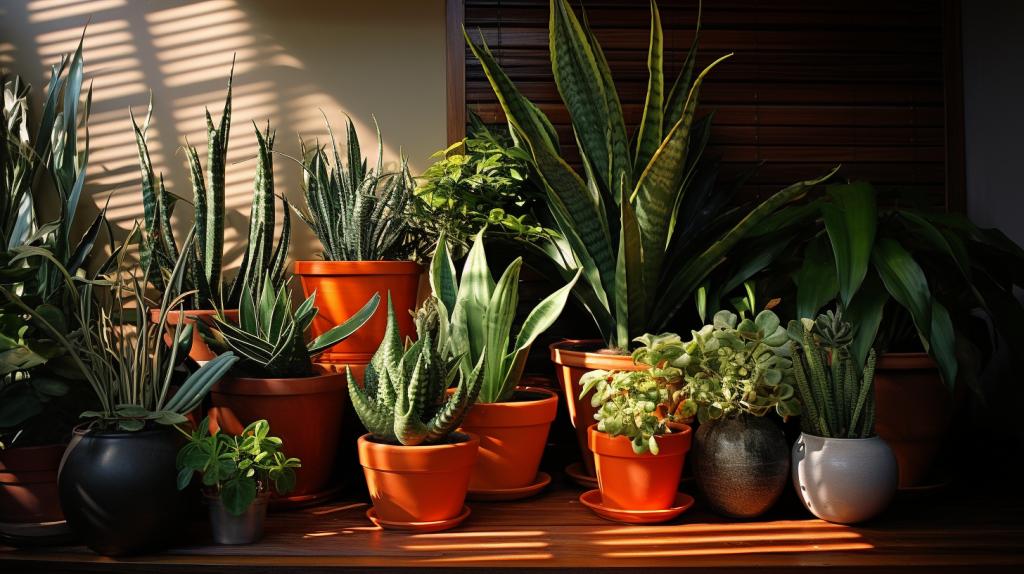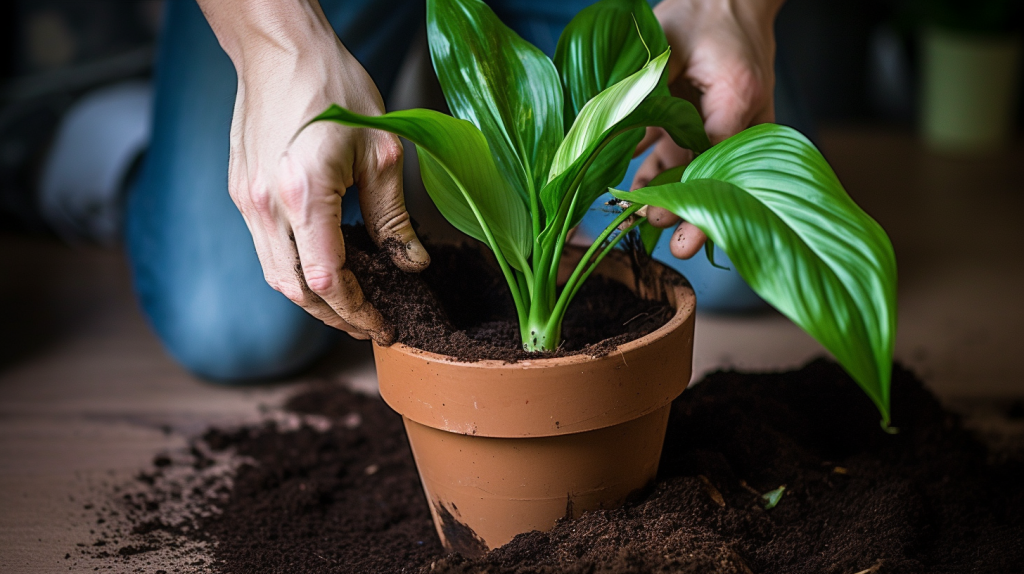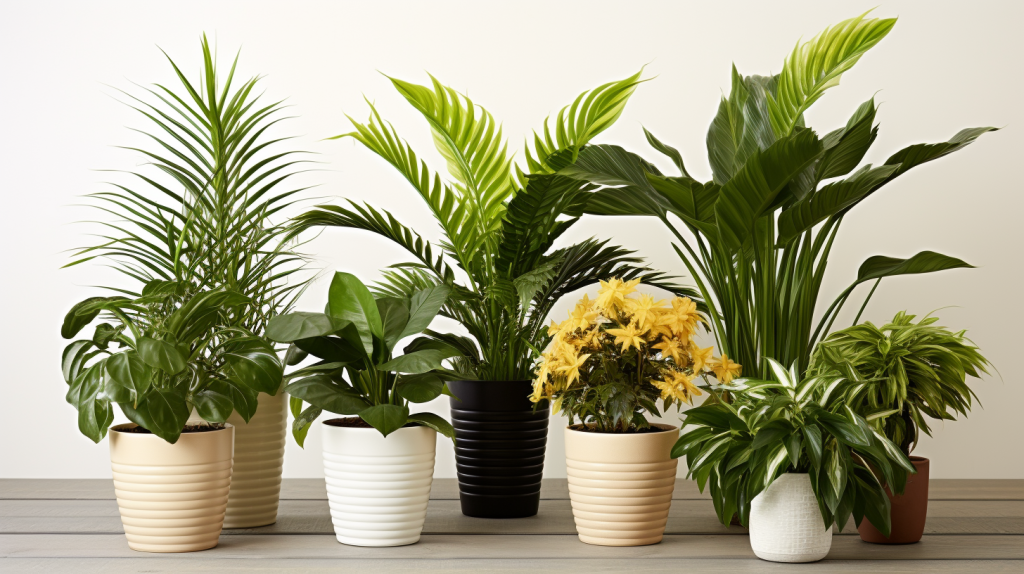From the moment one lays eyes on the Sentry Palm, or Howea Belmoreana, it becomes evident why this plant has captivated so many. Its delicate fronds and captivating silhouette add charm to any space. Originating from the shores of Australia, this botanical wonder has a story to tell. By the end of this exploration, you might just feel the need to become a proud owner of one.
Sentry Palm Description
Stepping into a room with a Sentry Palm is like stumbling upon a mini tropical paradise. This palm, with its long, feathered fronds, stands as a testament to the beauty of nature. Hailing from Lord Howe Island in Australia, its arching fronds dance gracefully to an unseen rhythm. Just picture the elegance of a seasoned ballerina, taking the stage in a swirl of lush green – that’s the visual treat the Sentry Palm offers.
Facts About Howea Belmoreana

- Uniqueness: Not to be confused with its close cousin, the Kentia Palm, Howea Belmoreana stands out with its more curved foliage.
- Historical Significance: Victorian era elites held a certain fascination for this palm, making it a staple in their indoor gardens.
- Resilience: Surprisingly, the Sentry Palm is also adaptable to varying conditions, a true mark of botanical endurance.
- Size: In ideal conditions, it can reach heights of up to 20 feet, though indoor settings usually see it capping off at 6-8 feet.
How to Grow Howea Belmoreana
Ever baked a cake? Growing a Sentry Palm requires a recipe of its own:
- Use a pot with drainage holes. Overwatering spells trouble!
- A soil mix that provides adequate drainage is crucial.
- Seeds or young plants should be placed gently into the soil, ensuring they’re not buried too deep.
- A light sprinkle of water to set things in motion and you’re good to go!
Problems that May Occur with Sentry Palm
All plants have their off days:
- Leaf Browning: Often a sign of too little humidity.
- Pests: These plants can attract pesky critters like spider mites.
- Drooping: Under-watering or cold drafts could be the cause.
Is the Howea Belmoreana Poisonous?
When it comes to the safety of our furry companions, plant choices in our living spaces are paramount. The Howea Belmoreana, commonly known as the Sentry Palm, stands out as a pet-friendly option.
Its entirely non-toxic composition ensures that even if your curious cat or playful pup takes a nibble, there’s no cause for alarm. So, as you enrich your home with greenery, the Sentry Palm offers peace of mind, proving that beauty and safety can indeed coexist harmoniously.
Is The Sentry Palm Indoor Or Outdoor?
Selecting the ideal location for your Sentry Palm, or Howea Belmoreana, hinges on understanding its natural inclinations. Primarily an indoor favorite, this palm thrives in controlled environments, making it a go-to choice for interior decor, especially in regions with chillier temperatures.
Yet, for those living in balmy climates, the Sentry Palm can be an outdoor spectacle, seamlessly blending with your garden and relishing the occasional sun-soaked day.
How Much Light Does A Sentry Palm Need?
When it comes to light preferences, the Sentry Palm is as particular as a seasoned beachgoer choosing the perfect spot. Rather than basking in the intense glare of the midday sun, this palm flourishes under soft, diffused sunlight. Imagine it as a relaxed sunbather, seeking a dappled shade under a beach umbrella — that’s the Sentry Palm’s ideal lighting, savoring the gentle luminosity without the scorching intensity.
Is Sentry Palm Fast Growing?
The growth rate of the Sentry Palm requires a gardener’s patience and understanding. Unlike some of its rapidly expanding counterparts, this particular palm takes its time, charting a leisurely growth journey. This moderate pace is actually a boon for indoor enthusiasts; it means the Sentry Palm won’t hastily outpace its allocated space, allowing for a long-term commitment without constant relocations or adjustments.
Final Thoughts on the Sentry Palm
In conclusion, the Sentry Palm transcends the realm of ordinary vegetation, embodying elegance and serene beauty in every frond. Its presence in a space is not merely ornamental; it’s an affirmation of nature’s intricate artistry.
As both a tranquil presence and a striking visual element, it accentuates any decor, imbuing it with a calm, natural elegance. If the question is whether to introduce a Sentry Palm to your environment, the answer resoundingly echoes – without a doubt, yes!
FAQs
Q1: Can Sentry Palm tolerate cold temperatures?
It prefers warmer temperatures. Prolonged exposure to cold can cause damage.
Q2: How often should the leaves be cleaned?
Dust the leaves every few weeks to ensure efficient photosynthesis.
Q3: What’s the difference between Sentry Palm and Kentia Palm?
The main difference is in the leaf curvature. Sentry has more arching fronds.
Q4: Does it flower?
Yes, but flowering is rare in indoor settings.
Q5: Can I prune my Sentry Palm?
Absolutely! Remove dead or yellowing fronds to keep it looking fresh.
References
- Missouri Botanical Garden
- Royal Horticultural Society (RHS)
- Gardening Know How
- Plant Care Today
- Gardenia





